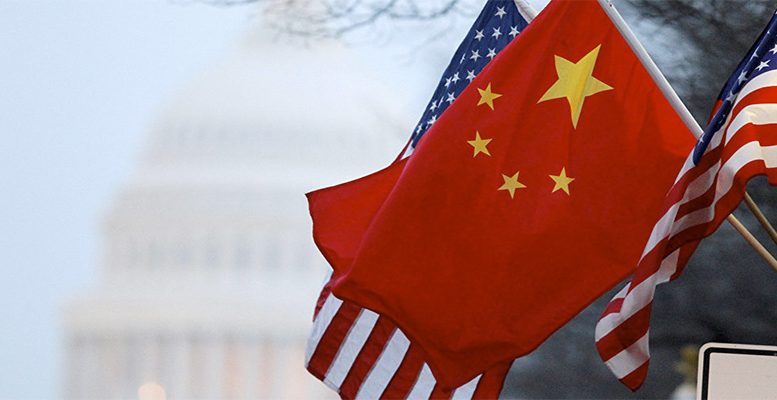Yu Yongding via Caixin | Washington launched its trade war against Beijing in part because of China’s long-running trade surplus with the U.S., but it turns out that the surplus isn’t as large as advertised.
U.S. President Donald Trump has said that his country has an annual trade deficit of $500 billion with China. This is nonsense. According to U.S. government data, the country had a goods trade deficit of $375.2 billion with China last year. But Chinese customs data showed that the deficit figure was only $275.8 billion. And people often overlook the U.S.’ services trade surplus with China.
There are mainly two reasons for the difference in the trade balance statistics released by the two countries, not counting errors and omissions. First, the U.S. has included Hong Kong’s entrepot trade — in which goods imported to Hong Kong from outside China are then re-exported to the U.S. — as imports from China.
Second, the U.S. calculates the value of its exports based on free-on-board prices and the value of its imports based on cost-insurance-freight prices, which reduces the value of exports and inflates the value of imports.
Generally speaking, there are two explanations for the U.S.’ long-term trade deficit with other countries — the continued declining competitiveness of American goods and the insufficiency of domestic savings. Statistics show that the U.S. household savings rate began declining in the early 1980s. The country has maintained a trade deficit since 1980. The U.S. trade deficit shrank after the 2008 global financial crisis, primarily due to a reduction in household debt, which pointed to an increasing savings rate. If the U.S. is unable to boost its savings rate, its overall trade deficit won’t decline even if it reduces its trade deficit with China.
China’s trade surplus with the U.S. does not mean that China has taken advantage of the U.S. According to the balance of payments theory, a country with a trade surplus typically ends up exporting its capital. China has maintained a current account surplus with the U.S. since the early 1990s, which means that it has exported capital to the U.S. ever since. The American elite have been clear about the fact that China exports cheap goods to the U.S. and then uses the earnings to purchase U.S. Treasury bonds.
However, it should be noted that blue-collar workers in the U.S. haven’t reaped the benefits of globalization, internationalization and trade liberalization. That explains why they feel resentment against countries that impose competitive pressures on them, such as China. The U.S. government has been reluctant to make policy changes to correct the uneven income distribution. Instead, it has used China as a scapegoat for the grievances of the working class.
In fact, China has made great efforts to achieve a balance of international payments, or a balance in its trade. In 2007, China recorded a current account surplus of nearly 11% of the country’s gross domestic product. By 2017, that figure had fallen to 1.4%, which was more balanced than the same figures of some developed countries, such as Germany.
If the U.S. really wants to narrow its trade deficit with China, an easier way would be to relax its restrictions on the export of high-tech products, one of the goods that China actually wants to buy from the U.S. It should not expect China to buy a large amount of American products that it doesn’t need.





